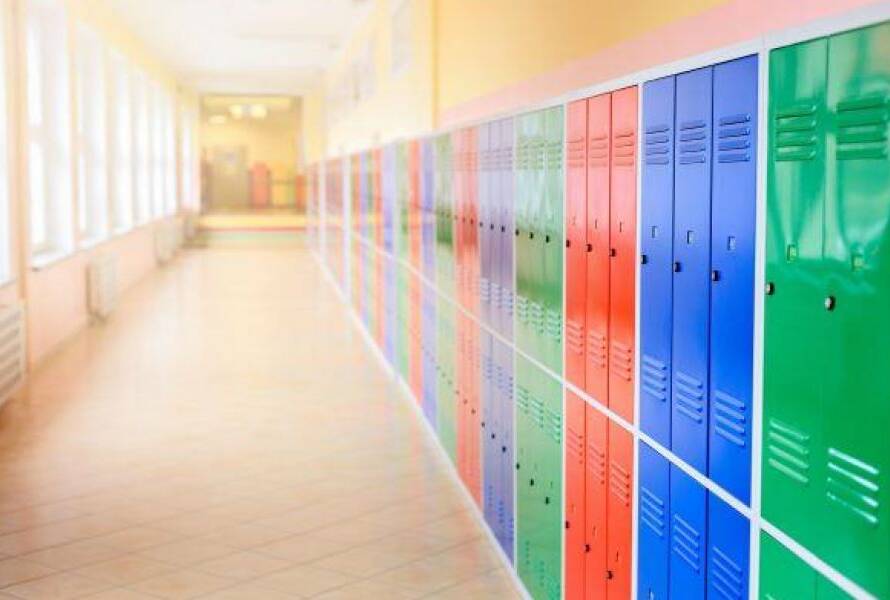Changing technology, an evolving security industry and increasing threats are all factors today’s educational facilities must take into account when considering security.
The sad reality of today’s campuses, whether K-12 schools or college campuses, is that they can no longer be areas anyone is welcome to enter; there must be steps taken to prevent someone who would enter the campus with intentions to harm students, teachers and staff.
For years many organizations have been reactionary, thinking some of the horrific acts of violence happen elsewhere, but could not happen here. However, recent events, especially the Parkland shooting, have caused many to realize they must be proactive.
People who studied education most likely have no formal training in the security field, yet now they are expected to make expert decisions about campus security. So how can those in this field make the best choices with regard to campus security? Here are four things to consider when developing campus security.
PRIORITIZE INTEGRATION
Integration has been one of the biggest buzzwords in the security industry for the past few years. People understand the need for different technologies to communicate effectively and reliably, and to provide law enforcement, fire fighters and school administrators with seamless communication with security systems so they can effectively do their jobs.
“Many of the recent tragedies have caught us, from the campus security side, off guard,” Paul Fisher, Director of Key Accounts, at Salient Systems said. “Just because I have this access control system, this camera system, and a gunshot detection solution, security professionals still need to confirm these products are going to work seamlessly together.”
Unfortunately, Fisher says, as 9/11 taught us, seamless interoperability isn’t always the case.
“While many security consultants might say certain technologies should or must integrate, they don’t necessarily go through the process of step-by-step implementation and review,” Fisher said. “You need to ask yourself, ‘If this is happening, what should happen next?’”
Read the full article on campuslifesecurity.com!
Salient
Salient is the leading software provider of comprehensive, enterprise-class Video Management Software and Systems. For more than 25 years, Salient has delivered best-in-class video surveillance solutions for critical infrastructure, transportation, logistics, retail, education, and more. Salient leverages intelligent video technology to mitigate risk, improve service delivery, and drive positive business outcomes for customers worldwide. Salient’s award-winning CompleteView VMS platform offers a full range of applications for unmatched scalability through a fully open architecture. Citi Bank, Kirkland’s, University of Notre Dame, ABF Freight, Nike and thousands of other customers trust Salient to provide powerful video-enabled surveillance and business intelligence solutions for today and tomorrow.




